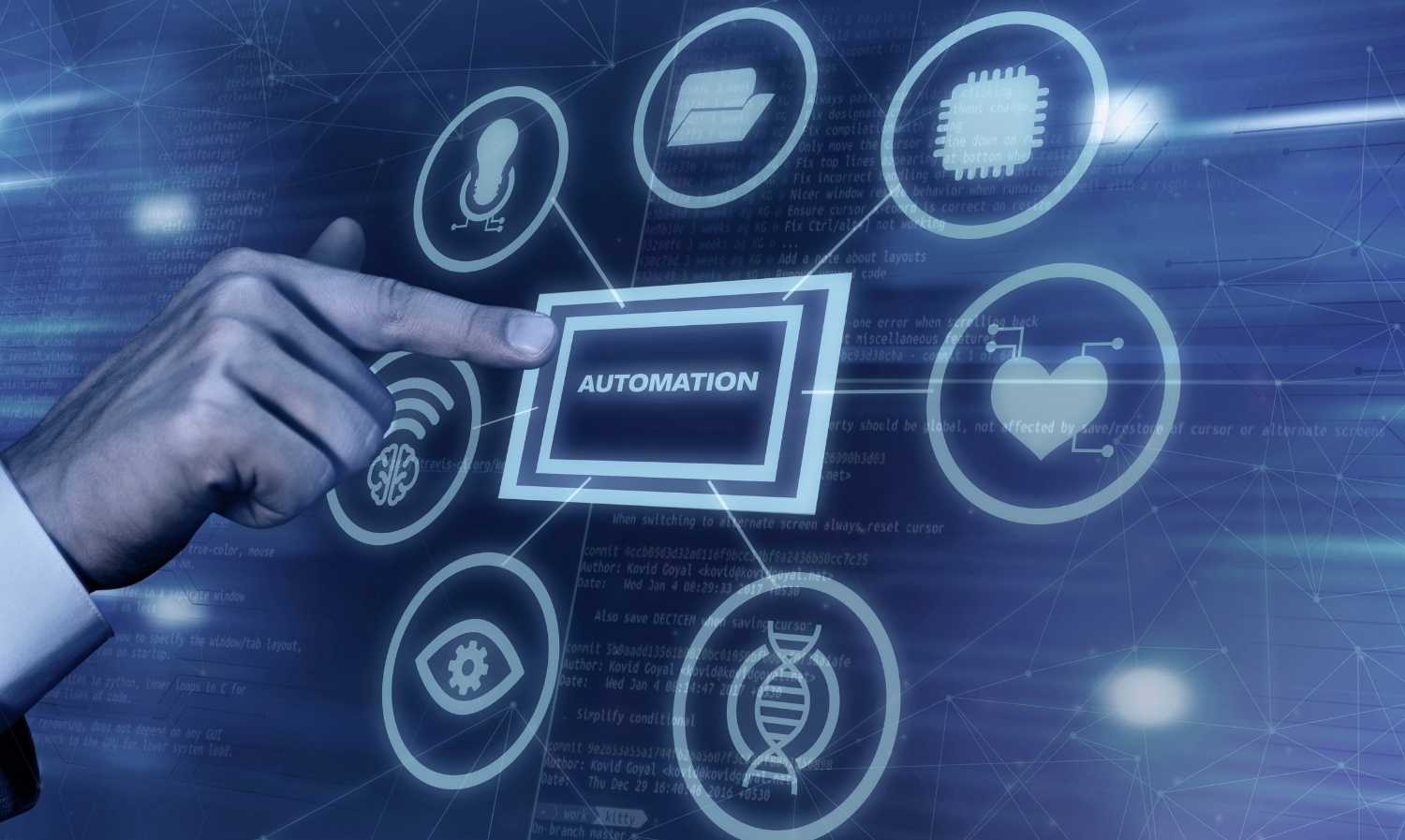- June 7, 2024
What can Data ingestion do to your business? Well, in short it can enhance performance and reshape the growth of your business. It is a fundamental component of modern business operations, enabling organizations to harness the full potential of data to drive innovation, competitiveness, and growth.
If data extraction is mishandled, with incomplete or inaccurate information, it can result in deceptive reports, flawed analytical findings, and hindered decision-making processes. This is where data ingestion proves valuable, serving as a process that assists enterprises in comprehending the constantly growing volumes and intricate nature of data.
This article paves the way to procure valuable insights into data ingestion, how to implement covering tools, best practices, benefits, and additional considerations.
Let’s start!!
Briefing about Data Ingestion
Data ingestion involves transferring data, particularly unstructured data, from one or more origins to a designated landing site for subsequent processing and analysis. It serves as the initial phase in a data engineering pipeline, initiating the journey of data sourced from diverse origins.
During this stage, data is sorted and classified, facilitating its seamless progression through subsequent layers of the pipeline. Ultimately, ingestion facilitates the integration of data into the processing stage or storage layer of the data engineering pipeline.
The overarching objective remains straightforward to ready data promptly for utilization. Whether it’s earmarked for analytical endeavors, software creation, or machine learning tasks, the primary purpose of data ingestion is to guarantee accuracy, consistency, and readiness for deployment. This step stands as a pivotal juncture in the data processing journey, for without it, we would find ourselves adrift amidst a deluge of unusable data.
Why is Data Ingestion Crucial?
Renders Flexibility
In today’s business world, companies collect data from lots of various places, each with its own way of organizing information. Being able to gather data from all these places helps businesses understand everything better, like what they are doing, who their customers are, and what is happening in the market.
It’s also important for the systems that collect this data to handle changes, like when new data sources pop up or when there is suddenly a lot more data coming in fast. This is especially true today, with new ways of gathering data constantly popping up and the amount of data being created getting bigger and faster all the time.
Enables Analytics
Data intake is like the fuel for analytics. If you don’t have a smooth way to bring in data, you can’t gather all the information needed for thorough analysis.
Additionally, the findings from analysis can help find new chances, make operations smoother, and make businesses stand out. But those findings are only useful if the data going into them is good. That is why having a good plan and system for getting data is super important. It makes sure that the results from analysis are accurate and dependable.
Enhances Data Quality
Data ingestion is crucial for making sure data is excellent quality. When data gets brought in, it is checked to make sure it’s accurate and makes sense. This can include cleaning up any messy or wrong parts of the data.
Another way data intake makes data better is by changing it. In this step, data is made to look the same and have all the needed details. Adding new, helpful info to the data also happens, which makes it more useful and valuable.
Types of Data Ingestion
Batch Ingestion/ Batch Processing
Batch processing is when data is gathered over a period and handled all together later. It is handy for tasks that do not need to be done immediately and can be done during quieter times, like overnight, to avoid slowing down the system. For instance, making daily sales reports or monthly financial statements. It is a proven way of handling data, it’s straightforward and dependable. But it does not work well for many modern needs, especially those that need instant data updates, like spotting fraud or stock trading platforms.
Real-Time Processing/ Streaming Ingestion
Real-time processing means taking in data right as it’s created. This lets you analyze and act on it right away, which is great for things that need quick responses, like monitoring systems, instant analytics, and IoT gadgets. But doing real-time processing takes a lot of resources, like powerful computers and strong internet connections. You also need a fancy setup to manage the constant stream of data.
Micro-Batching
Micro-batching mixes batch and real-time processing. It means taking in small, regular groups of data, which lets you update in real-time without needing lots of resources like real-time processing does. For businesses needing quick data updates but lacking resources for full real-time processing, micro-batching can be a good middle ground. But it needs careful planning to balance how fresh the data is with how well the system performs.
Data Ingestion Tools
Data ingestion tools are essential for any organization. These software products collect and transfer diverse types of data from one place to another. They automate tasks that would otherwise be time-consuming and manual, allowing organizations to spend more time using the data to make better decisions.
Data moves through a series of steps called a data ingestion pipeline. This pipeline starts by gathering raw data from a database or other source. Then, it goes through a tool that cleans and organizes the data before sending it to a reporting tool or data warehouse for analysis.
Being able to gather data quickly and effectively is especially important for any business that wants to stay competitive in today’s digital world.
Here are some data ingestion tools that offers your business needs:
- Apache Kafka: A distributed streaming platform that is commonly used for building real-time data pipelines and streaming applications.
- Apache NiFi: An open-source data ingestion and distribution system that enables the automation of data flow between various systems.
- Apache Flume: A distributed, reliable, and available system for efficiently collecting, aggregating, and moving substantial amounts of log data.
- AWS Data Pipeline: A web service provided by Amazon Web Services (AWS) that allows users to automate the movement and transformation of data between different AWS services and on-premises data sources.
- Google Cloud Dataflow: A fully managed service for stream and batch processing that allows users to develop and execute data processing pipelines.
- Microsoft Azure Data Factory: A cloud-based data integration service that allows users to create, schedule, and orchestrate data pipelines to move and transform data from various sources.
- Talend Data Integration: A comprehensive data integration platform that provides tools for data ingestion, data quality, data governance, and more.
Conclusion
Data ingestion plays a critical role in modern business operations, enabling organizations to collect, process, and utilize data from diverse sources effectively. By automating the transfer of structured, semi-structured, and unstructured data, ingestion tools streamline processes, freeing up time for organizations to focus on leveraging data insights for informed decision-making. As technology continues to evolve, the importance of effective data ingestion will only continue to grow, serving as the cornerstone of data-driven decision-making in the digital age.
Happy Learning!!




